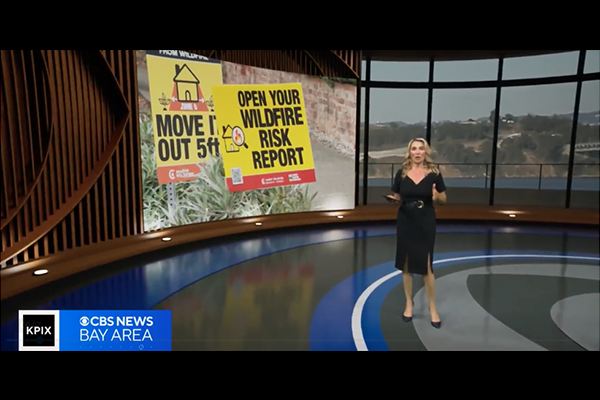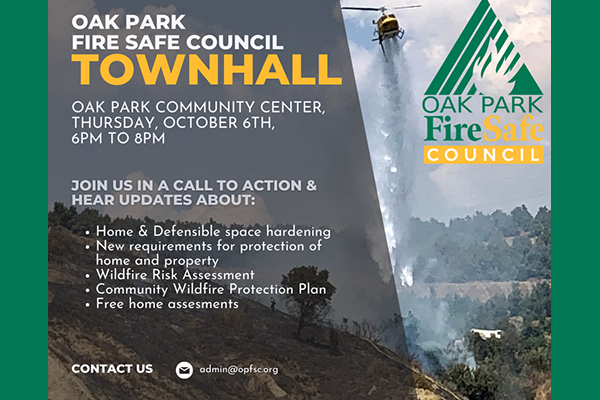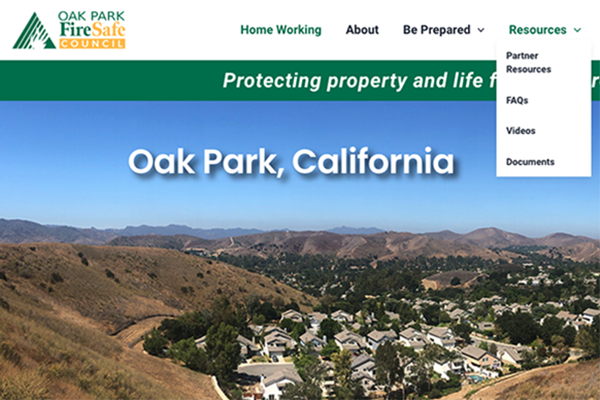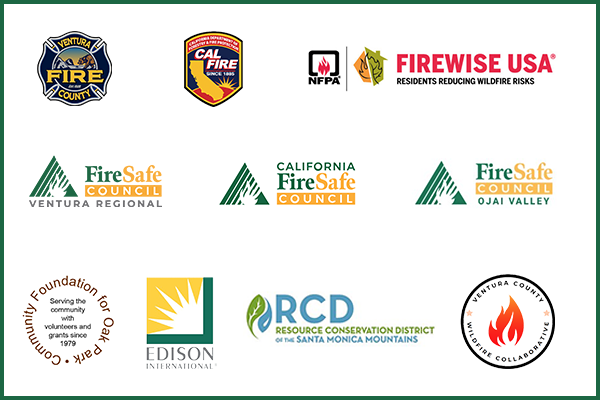Home hardening alone raised survival to 25%.
Hardening and clearing defensible space closest to the home up to 5 feet improved survivability to 40%.
CBS News
By: Kenny Choi
CBS San Francisco
September 15, 2025
Home hardening alone raised survival to 25%. Hardening and clearing defensible space closest to the home up to 5 feet improved survivability to 40%.
Some of California’s most destructive wildfires have changed the way homeowners think about their own space.
Marin County residents Anita Brock and her husband Steve Kaplan are among them. They live on a steep hill in Larkspur, in a heavily wooded area with tight, windy roads. They’ve cleared space and shrubs around their homes and replaced potential fuel loads with gravel.
“As you can see, I mean this type of area here, if embers do land here, you know they’re not going to catch a light or any dead leaves or anything like that,” Brock said.
“We realized that we’re here and we’re not immune to those same dangers,” Kaplan said.
A new study by researchers at the University of California, Berkeley, is providing some concrete data about the impacts of preparing one’s home to withstand a wildfire, particularly in the wildland-urban interface in California.
The first-of-its-kind study combined wildfire simulation tools with Cal Fire’s damage inspection data from five of the state’s most destructive fires before 2022. The models showed that home hardening, such as the use of fire-resistant materials on the roof, walls and decks, and increasing the amount of defensible space together can double the number of homes and other structures that survive a blaze.
All that mitigation work is the central focus of the study from the UC Berkeley Fire Research Lab. The study cited that between 2013 and 2018, California wildfires damaged or destroyed approximately 47,000 structures and killed 189 people.
“All of the big fires we’ve had in California have really raised awareness about the risks involved,” said Brock. “We do everything that we can to mitigate the risks that are all around us.”
The study concludes that simply clearing a 5-foot perimeter around homes, the subject of California’s controversial proposed Zone 0 regulations, can reduce structure loss by 17%.
“It’s finally putting some quantitative data to show that the investments we’re making are actually going to have a payout,” said study co-author Michael Gollner.
The study also emphasizes the need for a community-wide mitigation strategy.
“We also see a really strong signal in what you do around the house, so that Zone Zero and that five feet was surprisingly a pretty strong signal, and it makes sense,” said Gollner.
For Brock and Kaplan, who had once lost their home insurance, part of this ongoing effort is to keep their coverage.
“All of the efforts to mitigate, I think or not mitigate, are going to be directly related to the future of being able to insure homes,” said Kaplan.
A few small steps by homeowners living in a California reality, and the threat of larger and more destructive wildfires.
“I do think that maintaining defensible space is one of the best ways that you can keep yourself and your family and your neighbors safe,” said Brock. “I absolutely believe it will make a difference.”
The study found that the distance between buildings was the most influential factor in predicting loss. Exterior siding and year built were the next strongest predictors.
Home hardening alone raised survival to 25%. Hardening and clearing defensible space closest to the home up to 5 feet improved survivability to 40%.
See video and full story here:




